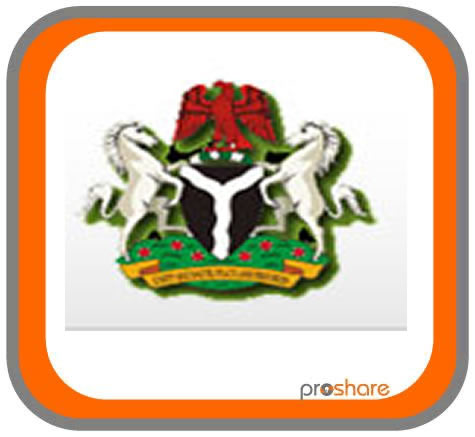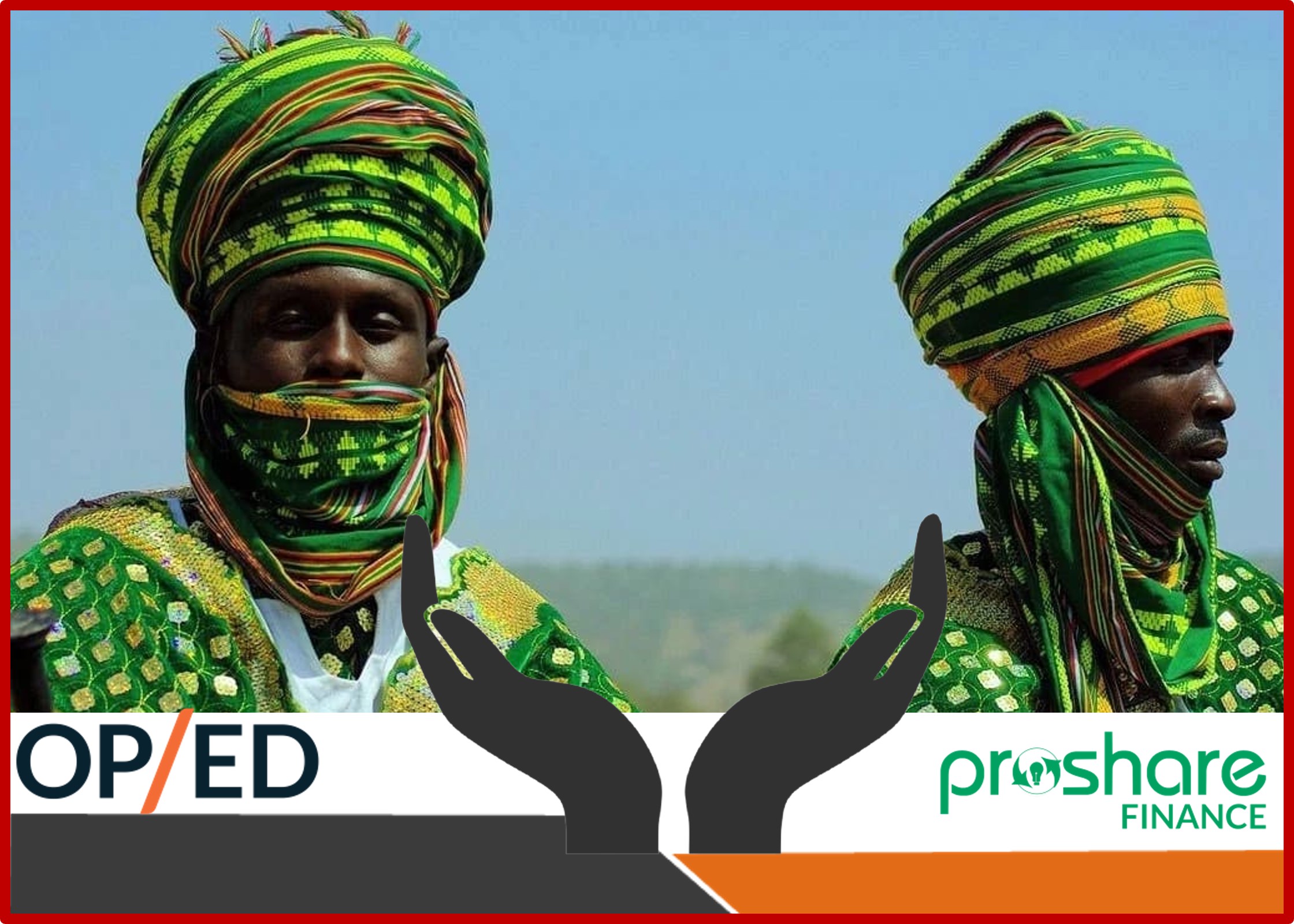- Introduction
Nigeria as a secular nation is made up largely of highly developed and diversified religious groups. Apart from Christianity and Islam, which are the most widely practiced, there are numerous local faiths grouped together as Traditional Religions. There is also a category of religious groups which do not fall into any of the three main identities.
One of the main collectors and users of Statistics on Religion and Related Activities is the Ministry of Internal Affairs. This ministry is charged with the responsibility of maintaining internal security of the nation, among other things. It is thus expected to have reliable information on the characteristics and the activities of various religious organisations particularly as they may affect internal security and the social lives of the people in general. The Ministry should also be able to identify, from the data available to it, key groups that are prone to certain actions which may affect the security of the nation and put in place relevant provisions to bring erring groups to book.
Information on the registration of existing religious groups is available at the Corporate Affairs Commission. The Pilgrims Welfare Boards for Muslim and Christians are also well-placed to generate relevant data which would be useful for religion and related matters. Considerable amount of information on religious matters can also be produced or collected by the associations formed within or by the major sub-groups. These include the Christian Association of Nigeria (CAN), Pentecostal Fellowship of Nigeria (PFN) and the Supreme Council For Islamic Affairs which are positioned to generate useful statistics on the characteristics of the various groups under their umbrellas.
Religions and related sector have significant socio-cultural impact on the nation, particularly in the areas of moral and general personality development and interpersonal relationships. They also affect, in some measure, the nation’s business life. For example, religious activities affect business transactions sometimes negatively on Fridays and Sundays, while the peak periods of business activities are associated with such major religious festivals as Christmas, Id el Fitri, Easter and, in some locations, major traditional religious festivals.
Religious activities have clearly defined spatial spread. For example, Christianity is widely practised in the southern part of the country, while Islam commands majority attention in the north. Also, many of the local communities and major towns in the country have somewhat different traditional religious festivals. Even where the gods are the same such as Ogun in many parts of western Nigeria, the time of celebrating the festivals often vary from one Local Government Area to another. The impact of these activities thus has some spatial dimensions.
- Coverage, Scope, Uses and Users of Religion and Related Activities Statistics
Religion and Related Activities Statistics, like other statistics stored in the NBS data base, is assigned the International Standard and Industrial Classification [ISIC] Division Code 94. The statistics on this sector cover the characteristics and activities of religious groups and associations, including Christianity, Islam and Traditional religions in the country.
The proposed data items for this sub-sector should include the names of religious organisations, number of branches on Zonal or State basis, lists of associated religious facilities such as hospitals, clinics, schools, day of key festivals in the year, religious pilgrimages to Holyland, registration of births and deaths by religious groups as well as gender.
The statistics on religious organisations can be used to determine how many persons go for pilgrimage per State. It is also useful for economic planning (e.g. poultry farmers often wish to rear birds for the expected large demands at Christmas, Ileya/Sallah and other key religious events). The statistics on religion can also be used for planning territorial security. Basic information produced in this sub-sector, such as on the characteristics of the members of the groups and their locations, can be used to monitor and the excesses of religious extremists. Also, planners of public programmes on radio and television can use the same statistics to influence non-religious activities such that they respect religious beliefs of the citizens.
The foregoing show that Government is a major user of the sub-sector’s statistics. However, the statistics are also important to the religious groups for general planning of their activities and future growth. International voluntary organisations frequently require this type of data, since they are commonly associated with religious activities.
- Sources and Methods of Compiling Religion and Related Activities Statistics
Most of the relevant statistics under this sub-sector come from administrative and routine records of the organisations responsible for them. One of the major sources of these data is the Corporate Affairs Commission where all religious groups (like any other organisation) must register in order to be able to operate legally in the country. However, each umbrella organisation for each group should keep statistics of its members. The Christian Association of Nigeria (CAN) should ideally be responsible for all such data it can source on the Orthodox Churches in Nigeria; the Pentecostal Fellowship of Nigeria (PFN) for data on Pentecostal Churches; and the Supreme Council for Islamic Affairs for the compilation and storage of data on Islamic organisations. Also, the Pilgrims Welfare Boards should be able to generate and store data on pilgrimages to Mecca and Jerusalem/Rome. The Department of Culture of the Ministry of Internal Affairs should be responsible for all available data on Traditional Religionists. The Ministry of Foreign Affairs is also in a position to provide statistics on Pilgrimages. Other useful sources of information on religion and related statistics in Nigeria include the National Population Commission on births and deaths from different religious groups.
- Current Methods of Data Storage and Dissemination
Since there is no particular Ministry or Establishment that co ordinates the activities of this sector, the available datasets are kept in disparate locations as hard copies in files. However, at the Corporate Affairs Commission, the relevant data are stored electronically like any other dataset on corporate organisations. Most of the other sub-sectors (Christian Association of Nigeria (CAN), Pentecostal Fellowship of Nigeria (PFN), Supreme Council for Islamic Affairs (SCIA), etc., have not been collecting data on religion and related matters. Also, there is little or nothing in terms of publications which can be made available to the public. Each sub-sector would have to develop the culture of data collating and proper presentation, and they need to introduce electronic data storage. If the hardwares are not yet available, manual data coding should be used along the lines suggested in this document such that converting to electronic format will be easyh. A Department within the Ministry of Internal Affairs should be the centre for monitoring all the datasets in this sub-sector.
The NBS has proposed a data base for Religion and Related Activities Statistics in Nigeria, consisting initially of 25 item (tables) and about 500 detailed names (variables). Since there is no single organisation responsible for holding all religious data, it is envisaged that each sub-sector will develop its own data base in a way that they can be linked-up to form a single pool.
- NBS Data Base Coding System for Religion and Related Activities Statistics
‘Religion and Related Activities Statistics’, like other statistics stored in NBS data base, is assigned the International Standard Industrial Classification [ISIC] Division Code ‘94’. While efforts have been made to ensure that the Division Code or the first two digits of the code assigned to each variable conforms as much as possible with the ISIC, the items and Details Codes which form the last four digits of the code assigned for each variable are arbitrarily determined. The Division-Item-Details [DID] coding system is the basis for coding the NBS’s data ets. For instance, “Registered Members of Christian Religion by States” coded 4301 is an item with 37 details.
Generally, the National Bureau of Statistics (NBS) is using a six-digit-code for attributes (variables). The first two digits are used to identify a particular division, the first four digits for a particular item under the division, while the first two is to identify the divisions and the two to identify the item under that division. Where an item is repeated in two or more divisions, that item is assigned the same 3rd and 4th digit codes. Based on this coding system, the NBS data structure for Religion and Related Activities Statistics in Nigeria is as shown below:
- CONCLUDING REMARKS
One of the major limitations of Religion and Related Activities Statistics is that presently, virtual nothing is being done in terms of data collection by the various agencies concerned with managing religious matters in the country. This is a serious draw-back in this important sub-sector. It is, therefore, suggested that the various agencies connected with the different sections of the dataset take interest in the collection and publication of relevant data. Another problem is that the different sub-sectors are so divergent in orientation that it is difficult to synchronize their datasets or encourage collaboration.
However, if the coding procedure as suggested is followed, it will be possible for the NBS to collate and merge data for meaningful utilization.
 Lagos, NG • GMT +1
Lagos, NG • GMT +1











 8434 views
8434 views






 Sponsored Ad
Sponsored Ad
 Advertise with Us
Advertise with Us









